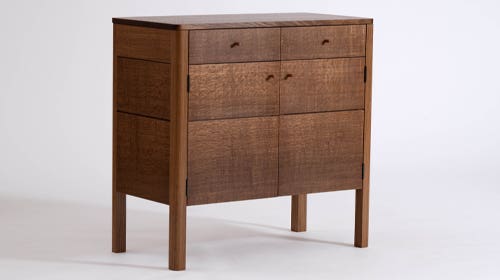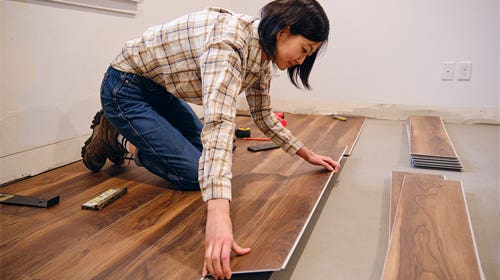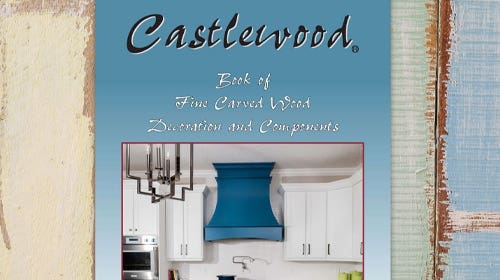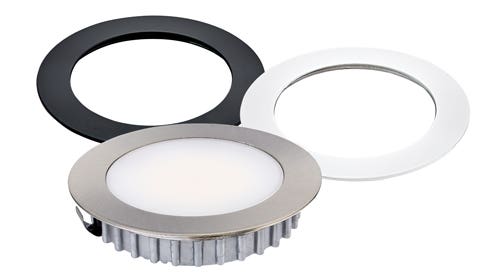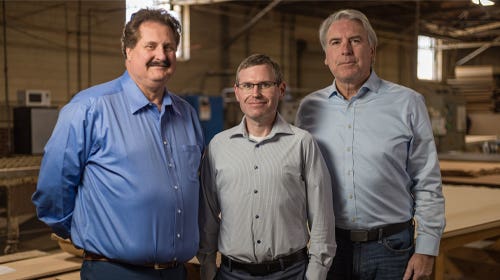Kitchen, bath trends changing quickly
For the last several years, there really hasn’t been one defined style in the kitchen and bath industry for consumers to emulate. Homeowners have proudly embraced their own personal tastes…
For the last several years, there really hasn’t been one defined style in the kitchen and bath industry for consumers to emulate. Homeowners have proudly embraced their own personal tastes and make their dwellings eclectic and unique for their family, friends and neighbors. Keeping up with the Joneses has become a thing of the past.
Consumers have, however, been very cautious about purchasing kitchen and bath products. They’re not making hasty decisions because they can’t afford to do so.
Mark Karas, a certified master kitchen and bath designer and president-elect of the National Kitchen and Bath Association, shared the scoop on the latest trends he’s noticing. He first clarified that functional products such as refrigerators and faucets are mainstream necessities that will always be sold. But the luxury products, such as high-end kitchen appliances and bathroom extras, are not appealing to budget-conscious crowds. Consumers are staying within their budgets more than ever before, and their budgets are more realistic these days than they were two years ago, he says.
The NKBA owns and hosts the annual Kitchen/Bath Industry Show & Conference (K/BIS), a trade show for remodeling professionals and consumers that is representative of consumer spending in the industry. This year’s show was held April 30 to May 3 at the Georgia World Congress Center in Atlanta.
In general, consumers are trying not to sacrifice style for budget, but they are going to sacrifice a little quality. For example, consumers who like painted cabinets are still going for painted cabinets, but instead of going to the high-end custom manufacturer, they’re tending to lean toward purchasing from semi-custom manufacturers. The difference, can be around 25 percent less in costs, says Karas.
“You [the cabinetmaker] might not be using custom moldings; you might be using more stock moldings, but you’re still going to do a molding detail. You’re still going to put some glass in the design, but you’re just going to be more cautious as to how you do it, and where [the customer] is going to spend the money.”
Karas says that trends are not trends like they used to be. He compared it to the 1980s, when consumers who were tired of the traditional, heavy wood look gravitated towards a contemporary and clean look.
“Today, it’s totally different. One customer can walk in the door and want a very ornate, heavy, traditional European style, and the next person could walk in the door and want a very clean, very contemporary kitchen. People are much more open-minded.”
There has been a significant decline in the use of stainless-steel appliances and appliance covers during the last few years, according to Karas. Meanwhile, open kitchens, where the kitchen melds into the family or living room, are on their way out, too. Consumers are expressing more interest in buffer zones throughout their homes. But instead of using barriers such as walls and doorways, people prefer to divide their rooms through the use of cabinetry, islands, bar tables, bookcases and other types of freestanding pieces.
Natural stone countertop materials, such as marble and granite, are still hot items. Synthetic, quartz and wood tops are seeing steady growth as well.



